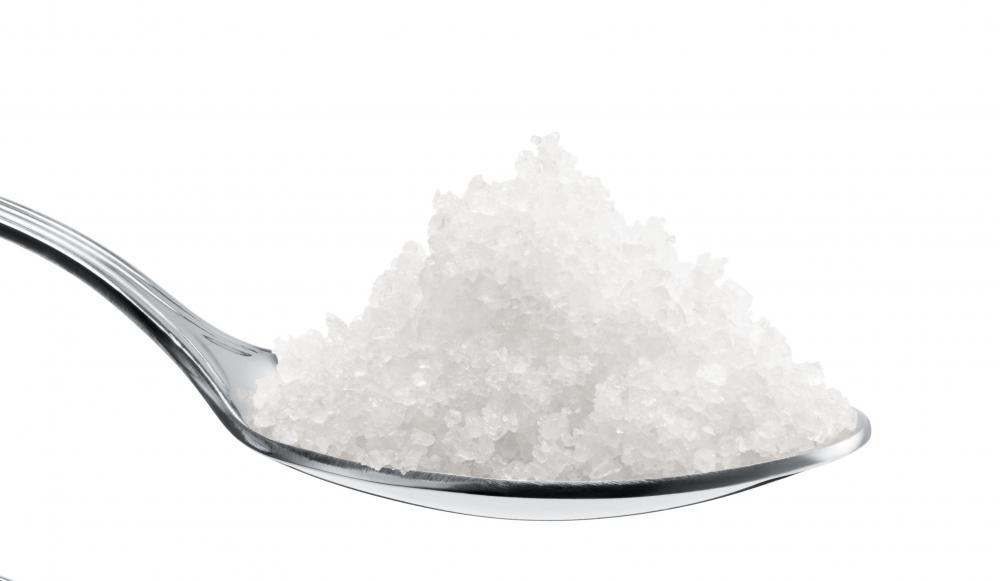At DelightedCooking, we're committed to delivering accurate, trustworthy information. Our expert-authored content is rigorously fact-checked and sourced from credible authorities. Discover how we uphold the highest standards in providing you with reliable knowledge.
What is Mozzarella?
Mozzarella is a unique Italian cheese, traditionally made from the milk of the water buffalo, although sheep and cow milks are increasingly used due to the high demand for the cheese and the limited amount of water buffalo milk available. Mozzarella is a soft cheese, designed to be eaten fresh. Ideally, mozzarella should be eaten within hours of manufacture, and will taste the best if eaten within three days. With the advent of stabilizers, commercially processed mozzarella is available, although it bears no comparison with true, fresh mozzarella.
Mozzarella has been made in Italy for centuries, though it did not become a widely popular cheese product until the twentieth century, with the advent of refrigeration and rapid transit systems. Many cheese aficionados feel that the best mozzarella can only be found in Naples, where it is still hand made in the traditional way. However, numerous cheese makers and dairies all over the world make mozzarella, and the cheese is relatively easy to make at home as well.

Mozzarella usually comes suspended in a brine or oil solution to keep the cheese moist and fresh. It should be eaten within days, and is delicious melted on pizzas, sliced in rounds for salads, and in numerous other culinary applications. The cheese itself is very mild, tasting slightly tangy and slightly sweet, with strong milky overtones. Traditional mozzarella sometimes arrives oozing with milk. In addition to being sold in balls suspended in a solution, mozzarella is also formed into logs or ropes, which can be flavored with herbs or smoked.

Mozzarella is made by heating milk with rennet to form curds. The curds are separated from the whey and then cut to encourage additional drainage, before being allowed to sit so that they reach a pH of at least 5.2. Then the curds are checked to see if they are ready to “spin” by being dropped into hot water. The curds should soften and start to form strings, indicating that they are ready to be kneaded. If the curds break, they are not acidic enough and should be left to sit longer.

If the curds are ready to spin, they are broken up into small chunks while hot water is poured over them, and then kneaded. The mozzarella will start to form thin shiny layers as it is folded over on itself, ultimately ending in a shiny, tight ball of cheese which will break apart easily when pulled. If forming into braids or ropes, the cheese is kneaded into long strips where are then woven. The mozzarella is plunged into a cold bath to retain its shape, and then can be stored in brine or oil for a few hours before being eaten.

Commercial mozzarella is made in much the same way, but stabilizers have been introduced so that the cheese does not turn too stringy or mushy as it sits. Commercial mozzarella is often much more dry than traditional style, and is often slightly rubbery. It is certainly adequate for some uses, but if fresh mozzarella is available or cooks have the time to make their own, this is preferred.
AS FEATURED ON:
AS FEATURED ON:

















Discussion Comments
Always look for mozzarella di bufala from Campana in Italy. That is real mozzarella,cows milk mozzarella will obviously taste different. --An Italian
Can anyone tell me why some fresh mozzarellas are so flavorful and others unbearably bland? Is the flavor tied to salt content? I cannot discern good from bad in my specialty stores. Is there a way to tell that is better than my buy and try methods? Thanks!
When using mozzarella in pasta dishes, I have read that cutting and freezing the cheese for 10 minutes before mixing it with warm pasta will yield a less mushy, rubbery texture.
The handmade, packed in water mozzarella, found in specialty stores, does not need to be put in the freezer.
Post your comments